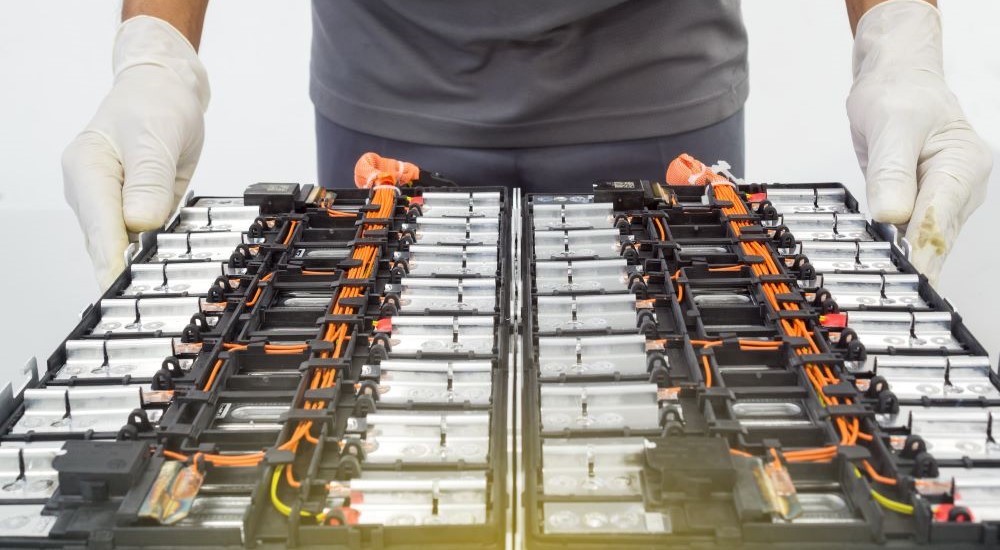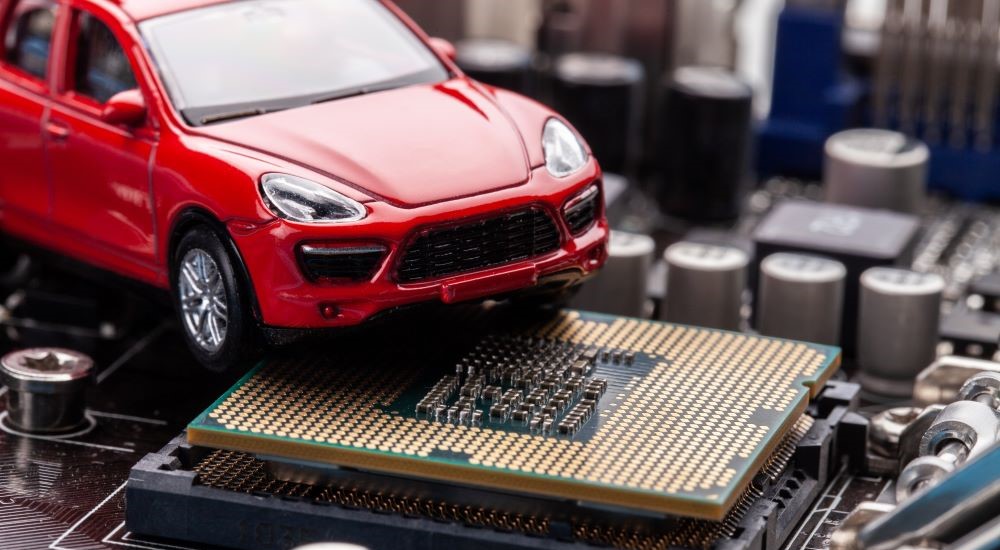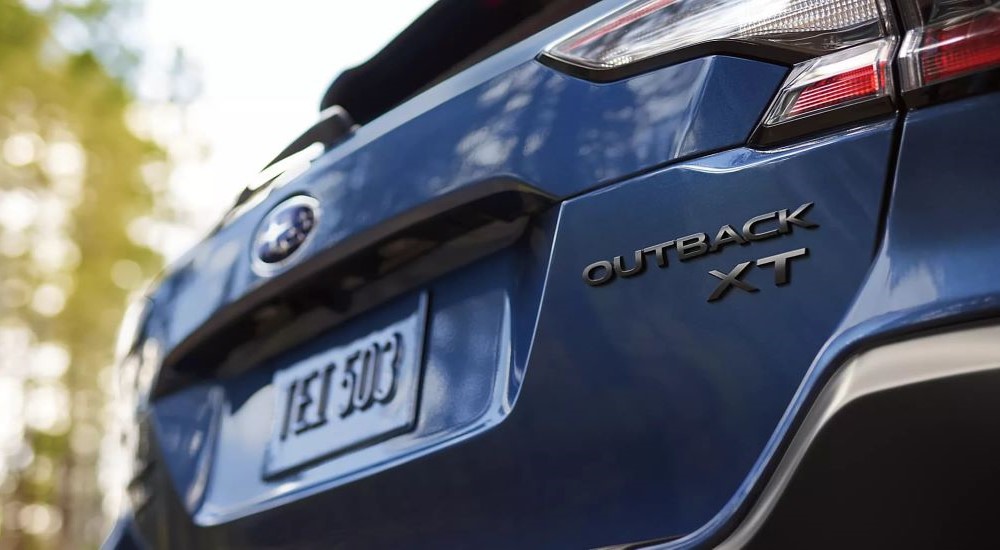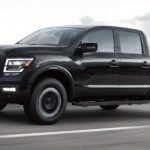Outside of the Indy 500, how often do you hear about Indiana’s influence on the automotive industry? Sure, it’s a big event that motorsports fans love, but on the consumer side, things are usually relatively quiet. However, recently things have been on a major upswing for Indiana, and it’s not just any random upswing, but a consistent measure of growth, and in some ways, a growth that’s not entirely able to keep up with demand. That might seem like a scoff-worthy assessment given the economic fluctuations many Americans are seeing, but Indiana is moving on a different wavelength.
In fact, given the big economic boom over the last year in the state, don’t be surprised if you see an equal upswing in consumer spending, whether it’s in common goods, property sales across Indianapolis and Bloomington, new car sales from local dealers in New Albany or Michigan City, or scouting out something from the local used car dealer near Noblesville or Evansville. Whatever the case may be, you can absolutely expect big things on the horizon for the Midwestern state thanks to big investments from major automakers in the state. But why?
The EV Boon Is Seeing an EV Boom
The electrification of automobiles continues to expand throughout the automotive industry, and as a result, a lot of automakers are reinvesting in the manufacturing industry spread across various states in the U.S. The boon in EVs has seen a lot of companies in an upheaval state where they need to completely reinvest in infrastructure. You’re probably already seeing where this is going, but let’s not jump ahead too far.
One example of Indiana receiving an influx of attention due to the EV boom is from General Motors. Now some of you may know that the Big Three automakers have been consistently moving toward overhauling their line-up to include more EVs across their consumer brands. Hence, GM announced a while back that they would be investing $35 billion into the emerging EV and autonomous driving markets.
Part of that strategy of reinvesting infrastructure includes building out new plants, overhauling existing plants, and reinvesting in ways to make many of GM’s popular brands into emissions-compliant EVs. In addition to overhauling various manufacturing plants in Michigan and Ohio for EV production, Indiana has been on the receiving end of a $45 million investment into its casting operations in Bedford. This plant will be used for building out components for EV production. GM is also dumping an additional nearly half-billion into the metal center located in Marion, Indiana, to also help with EV component production. All of these production facilities will be used to help with building out a slew of new EVs coming down GM’s pipeline across multiple brands, including Buick, Chevy, and GMC.
Electrification and Capital Investments
The Indiana state economic department has been taking advantage of investment interests in Indiana and continuing to build on that momentum in order to grow the state’s economic diversity. In short, the state has seen up to $22 billion in investment commitments made over the last year, which is a 260% increase over the previous year. Those commitments come from investments in the aforementioned automotive industry pursuits for electric vehicles, but there is also a buffer to the automotive manufacturing investments in the form of chip manufacturing.
Some of you may be aware that since 2020 there has been a massive chip shortage that has greatly impacted the global production of electronics, including many systems and proprietary features in various vehicles, such as the Active-Level Air Suspension offered by Stellantis or the Dynamic Fuel Management system provided in various GM vehicles. The chip shortage is being rectified in some ways with more manufacturing plants being opened up Stateside. Indiana is one such state.
Part of the capital investments includes new semiconductor plants in Indiana, which will surely not only aid with helping supply meet demand but also bolster the state’s ability to provide more jobs and education opportunities. In fact, there will be a rapid growth in Indiana’s chip manufacturing leading up to 2030, which is the cut-off date for California’s own Clean Air Act to enforce all auto manufacturers selling new vehicles in the state to meet the zero emissions standards. That means there needs to be a ramp-up of new electric vehicle production across the country to meet those demands, and Indiana is part of that process.
In fact, four semiconductor companies have committed to investing up to $277 million into Indiana’s burgeoning manufacturing and production facility opportunities. This includes NHanced Semiconductors, Everspin Technologies, Trusted Semiconductor Solutions, and Reliable MicroSystems. These four companies will be expanding their operations throughout Indiana from between 2024 to 2028, creating nearly 550 new jobs in the region.
Can’t Keep Up With Demand
While a lot of the investments into Indiana look forward to its future economic growth, at present, Indiana is still in a transitional phase. It’s interesting because inflation has caused the state a bit of a pickle (to put it lightly) across various facets. And this isn’t just for people buying new vehicles from a dealership or searching for something from a nearby used car dealer. It’s also impacting current manufacturing and production facilities in Indiana.
One such example that shows just how precarious the situation is involves Subaru, which has multiple plants spread throughout Indiana. The company wanted to open another plant to handle the production of electric vehicles but opted to look at opening one in Japan instead. But when so many other companies are investing in production and manufacturing in Indiana, why would Subaru opt to pass on opening a plant for producing electric vehicles in Indiana? Well, wages.
Subaru’s plant workers are finding seemingly better-paying opportunities at McDonalds. As a result, it has made it financially risky to open a plant in Indiana if staffing is going to be difficult. So why is that ironic? Well, because Subaru vehicles are actually selling quite well. In fact, sales are actually down for the Outback not because people don’t want to buy them but because there isn’t enough supply to meet demand at dealerships for people who do want to buy them, whether it be a new or used car dealer. The Crosstrek is also selling quite well, and Subaru could sell more if they had more to sell, but they would need to produce more, which would either require more workers or more plants. Therein lies the conundrum.
What’s more is that Subaru Corporation CEO Tomomi Nakamura even acknowledged that the problem wasn’t demand, but securing workers for supply, saying…“If we were to build a new plant, it would be difficult to hire new people. Labor costs are rising now. It is quite challenging for us to secure workers for our Indiana plant, including those of suppliers.”
That’s not the worst problem to have as a manufacturer. Demand outpacing supply is probably the one problem you would want to have when producing products. However, that still doesn’t solve the problem. Subaru is losing out on sales of vehicles like the 2023 Outback because they don’t have enough workers on hand to produce supply to capacity at their Indiana plants. However, they have gone on an aggressive hiring spree to compensate for the wage battle, and they do have plans on eventually meeting supply chain demand.
Big Automotive Ambitions for Indiana
Indiana may have missed out on Subaru’s EV plant, but the state is still pushing forward with becoming one of the epicenters for EV manufacturing. The state is also seeing a significant surge in investments when it comes to production and manufacturing, which in turn makes it a highly competitive place to hire workers. Indiana may seem unassuming when it comes to the automotive market outside of motorsports, but it’s slowly filling out an ambitious role in the budding EV market. What’s more is that if the sales of traditional combustion-powered vehicles are anything to go by, their existing plants will continue to get a lot of use, especially if some companies like Subaru continue to have a hard time meeting demand.






